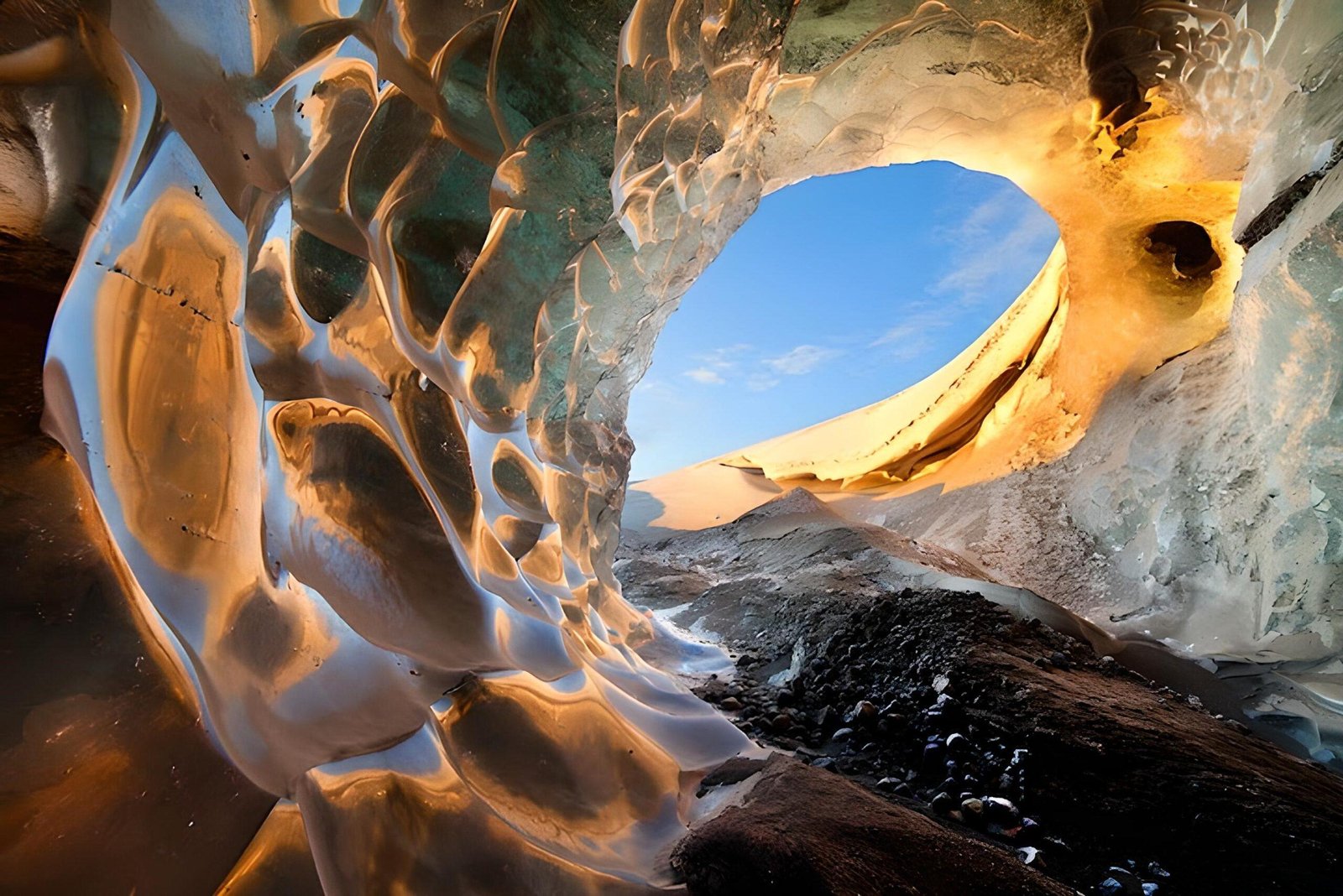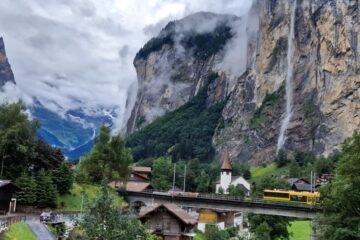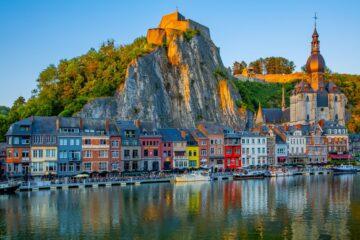Planning for a good time in Iceland? Lets Explore.
Exploring Iceland and its past
Iceland, a Nordic country in the North Atlantic, and is a land where the raw power of Iceland nature shapes a landscape of stark beauty and dramatic Iceland scenery. With an area of 103,000 km², it stands as a testament to the natural world’s majestic artistry, offering an array of places to see in Iceland.
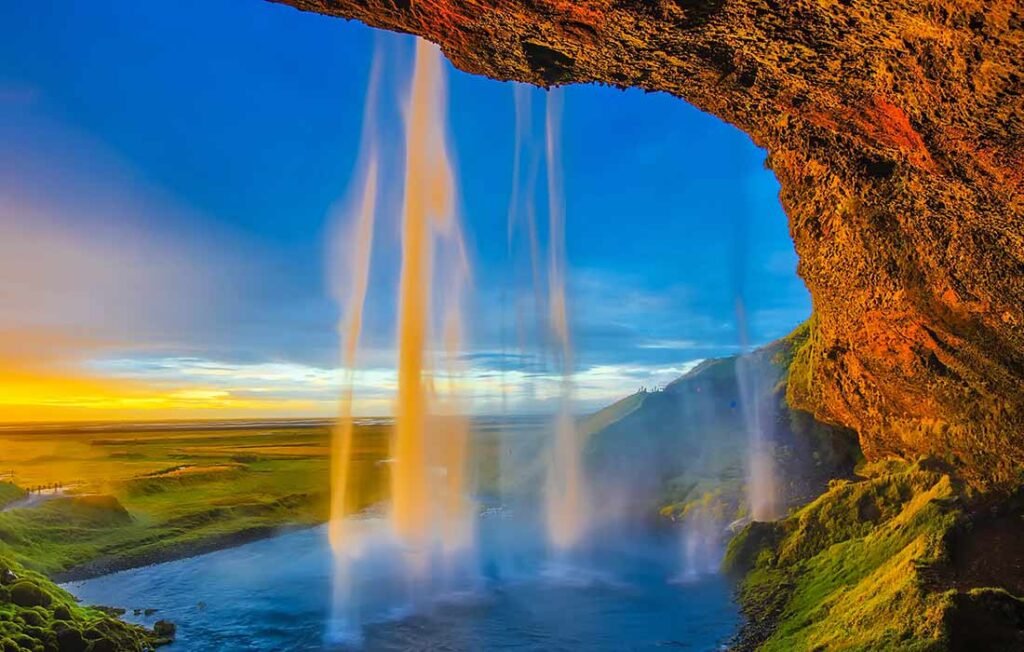
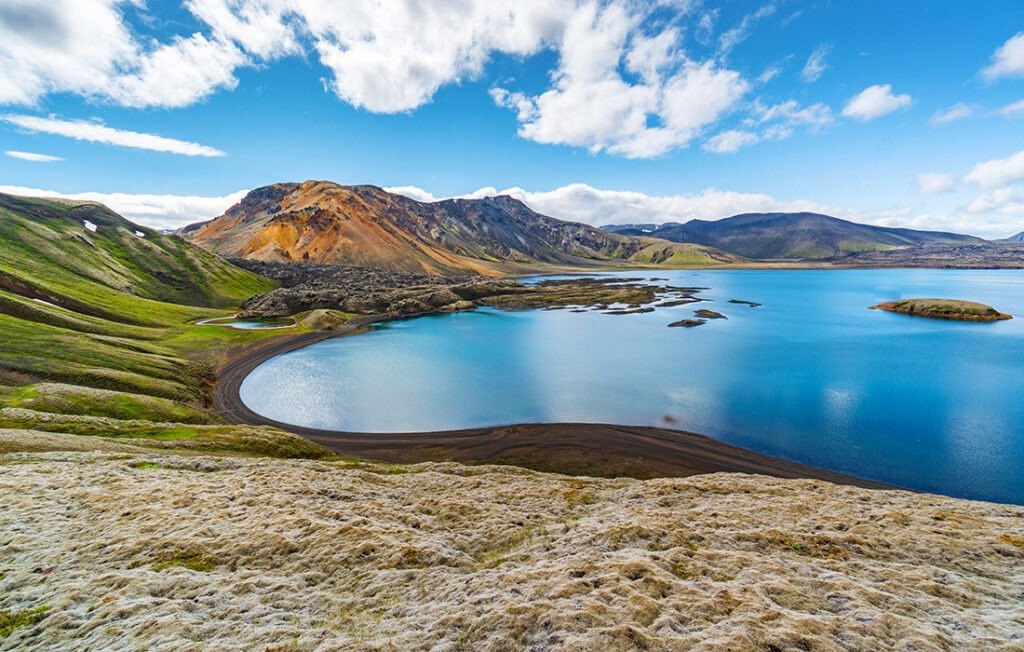
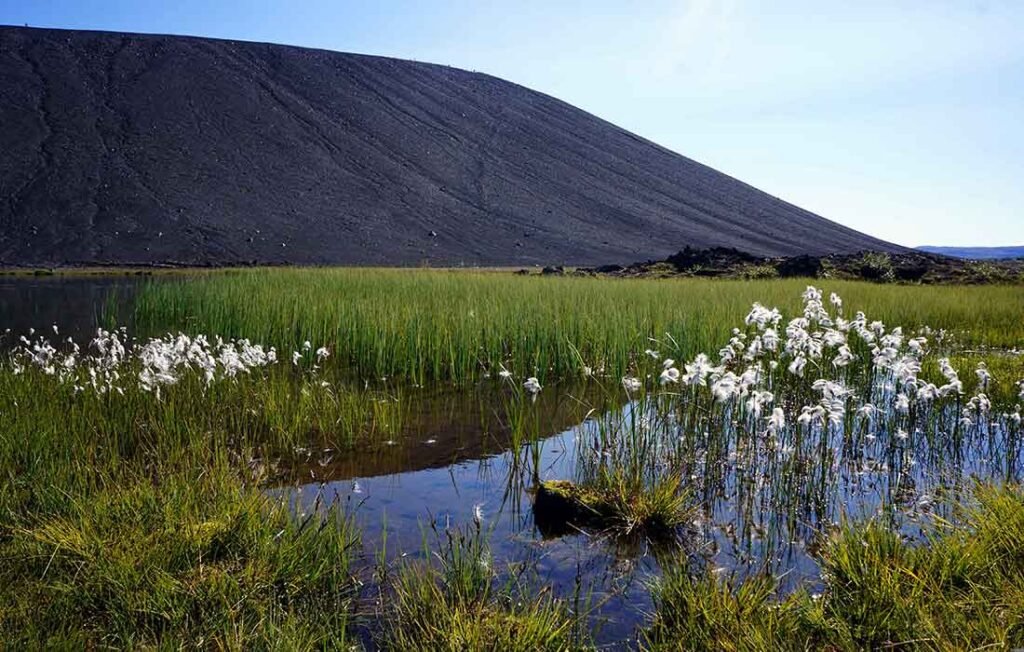
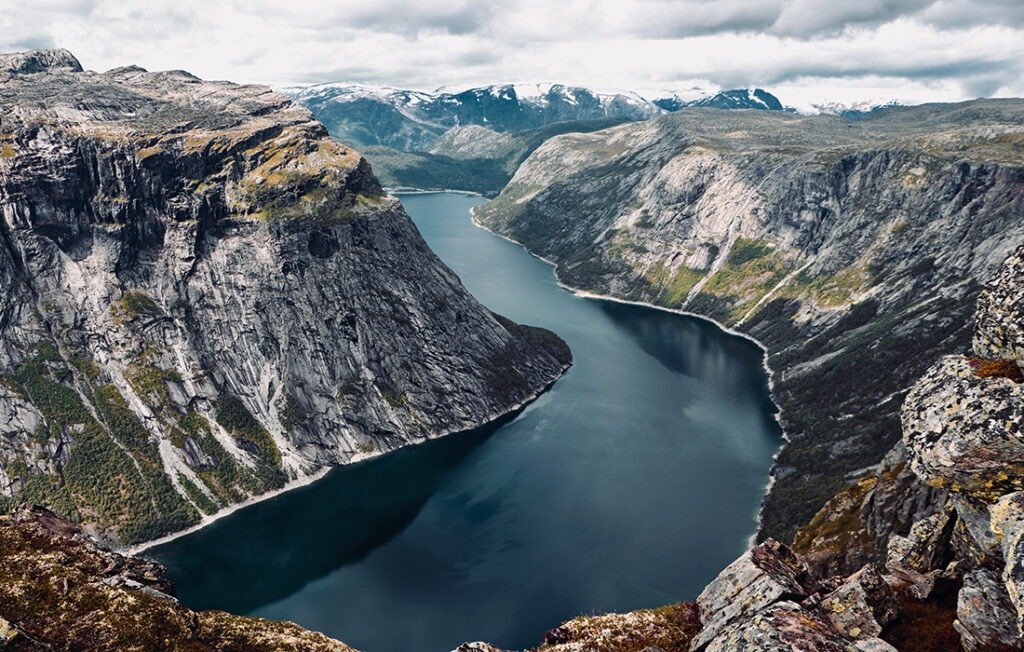
The island’s volcanic origins have sculpted a terrain so diverse and otherworldly that it ranks among the most beautiful places in Europe. Indeed, when asked, ‘Is Iceland beautiful?’ one cannot help but respond with a resounding ‘Yes!’ as the Iceland landscapes unfold in an array of awe-inspiring vistas, making it the epitome of beautiful Iceland.
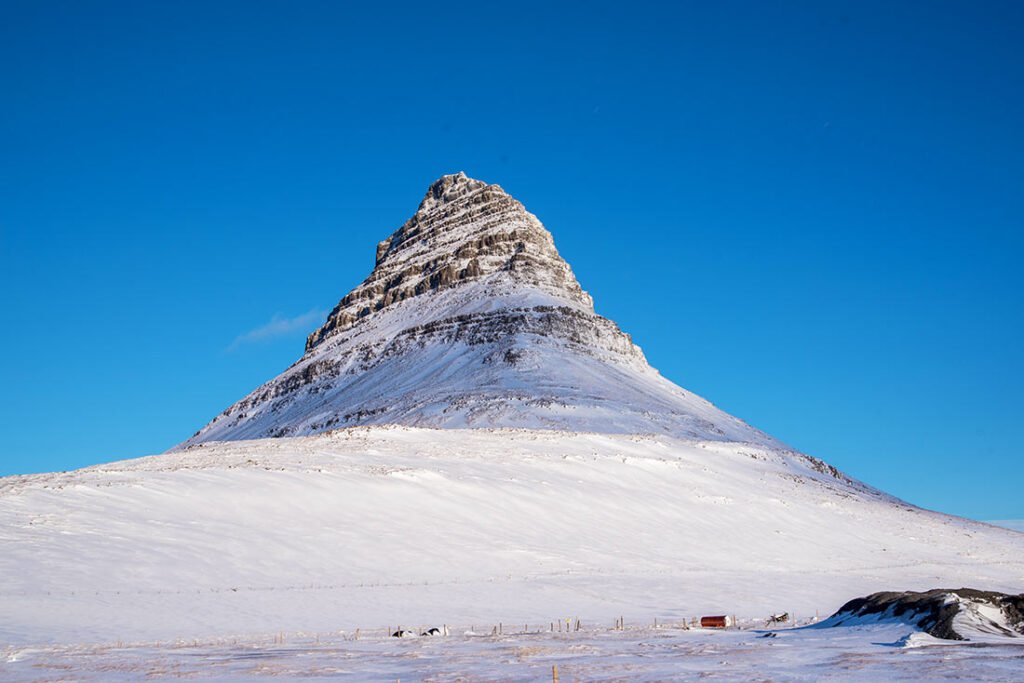
Despite its modest population, Iceland’s cultural fabric is as rich and vibrant as its geographical tapestry. This sparsely populated country, one of Europe’s most homogeneous, is home to a people whose lineage traces back to Norse and Gaelic settlers from the late 9th century. The Icelandic spirit is woven into every aspect of this land, from the best places in Iceland to the language that has flowed through the centuries, a direct descendant of Old Norse and sibling to Faroese and certain West Norwegian dialects.
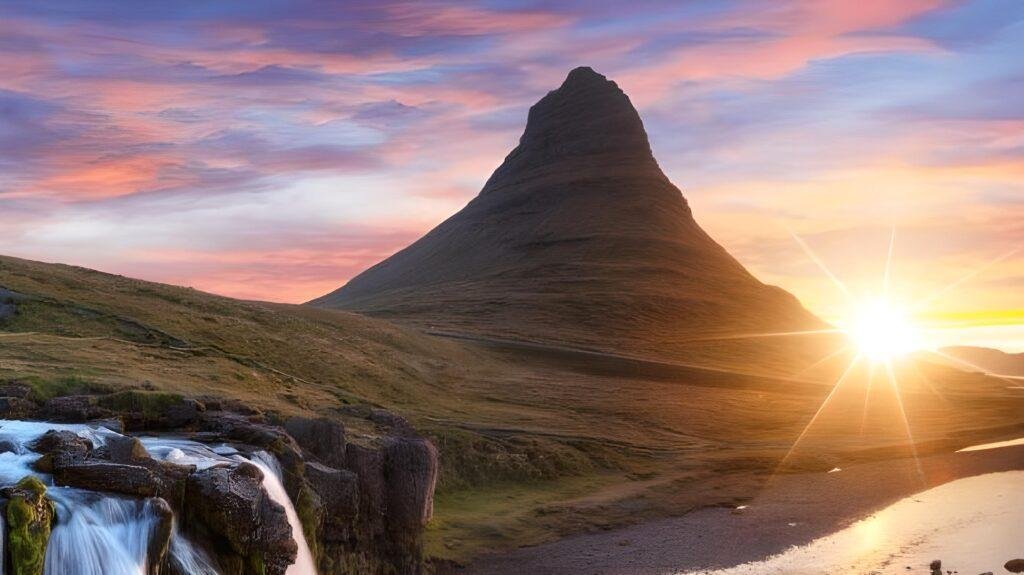
Embarking on a journey through Iceland is to walk through history and nature hand in hand. The Iceland best places to visit are not just geographic locations but are chapters of a saga that continues to this day. From the vivid Northern Lights that dance across the night sky to the tranquil hot springs that dot the landscape, the Iceland places to visit offer experiences that are as unique and profound as the land itself. Each visit to this serene and robust island country is a chance to encounter the unparalleled beauty that is Iceland.
In putting together this guide to Iceland’s beauty, we’ve woven together not only our own personal experiences but also the rich tapestry of reviews and stories shared by fellow travelers. Each spot we highlight, comes with a story that someone has found remarkable. As we’ve journeyed through Iceland’s destinations, we’ve encountered many ‘wow’ moments—scenes and experiences that have stayed with us long after.
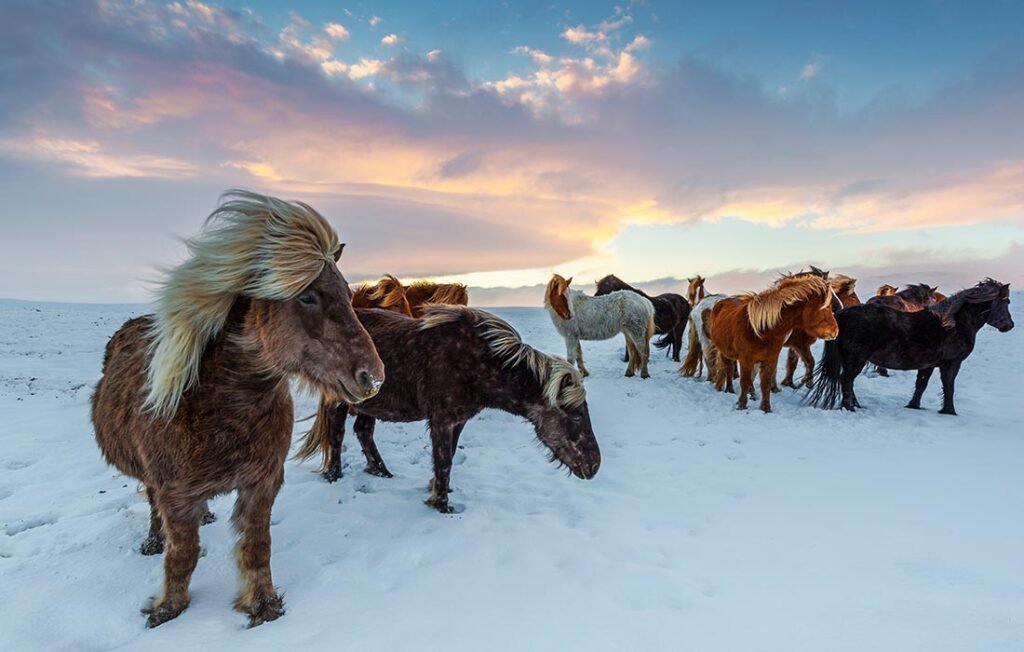
We hope that the guidance offered here reflects genuine experiences and realistic inputs, aiming to assist you as you explore Iceland’s views for yourself. This collection isn’t just a rundown of places to visit in Iceland; it’s a compilation of discoveries, from well-known Icelandic places to off-the-beaten-path Iceland sites and Iceland vacation spots. It’s drawn from a mix of personal encounters and the shared experiences of a community that appreciates Iceland’s beauty. As you plan your visit to the most beautiful places in Iceland and look forward to the places to go in Iceland, we invite you to find your own memorable spots in this breathtaking country.
The Best Places to Travel for a memorable time in Iceland
Reykjavik City
Reykjavik is an amazing place to visit and get a true sense of Icelandic culture. The city is known for its museums, galleries, and cultural events. It also has great restaurants and cafes where you can enjoy some delicious food with your friends or family. There are also many other cities that are worth visiting in Iceland if you want to experience more of Icelandic culture.
In Reykjavik, Iceland, there is a parish Lutheran church (Church of Iceland) called Hallgrmskirkja. It is the biggest church in Iceland and one of the tallest church buildings in the world at 74.5 meters (244 feet) tall. Since its completion in 1986, it has been praised for becoming a significant emblem of Iceland’s national identity due to its uniquely curving spire and side wings. The church bears the name Hallgrmur Pétursson (1614–1674), a poet and clergyman from Iceland and the composer of the Passion Hymns.
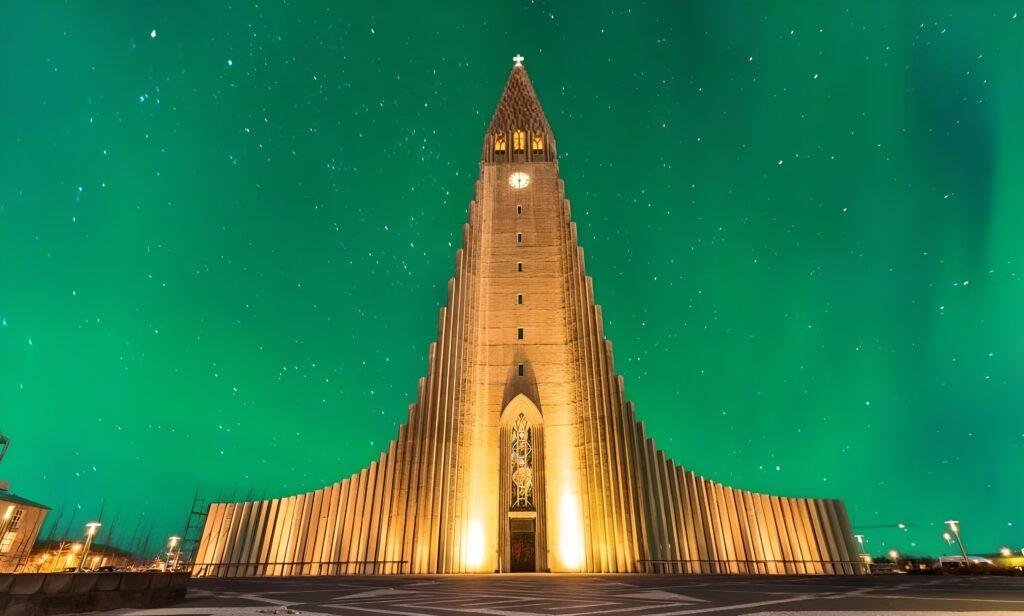
Northern Lights & best time in Iceland to watch
What are the northern lights?
The northern lights, also known as the aurora borealis, are an atmospheric phenomenon that causes waves of green, purple, and red lights to dance across the sky. They happen when our atmosphere is bombarded by the solar wind, which are waves of energetic particles from the sun. We are shielded from the collision down here on the surface by the magnetic field of the Earth. The magnetic field directs the particles in the direction of the planet’s poles, where an energy exchange creates vibrant skylights. The aurora borealis, also known as the “southern lights,” is a phenomenon that occurs in the southern hemisphere as compared to the northern lights.
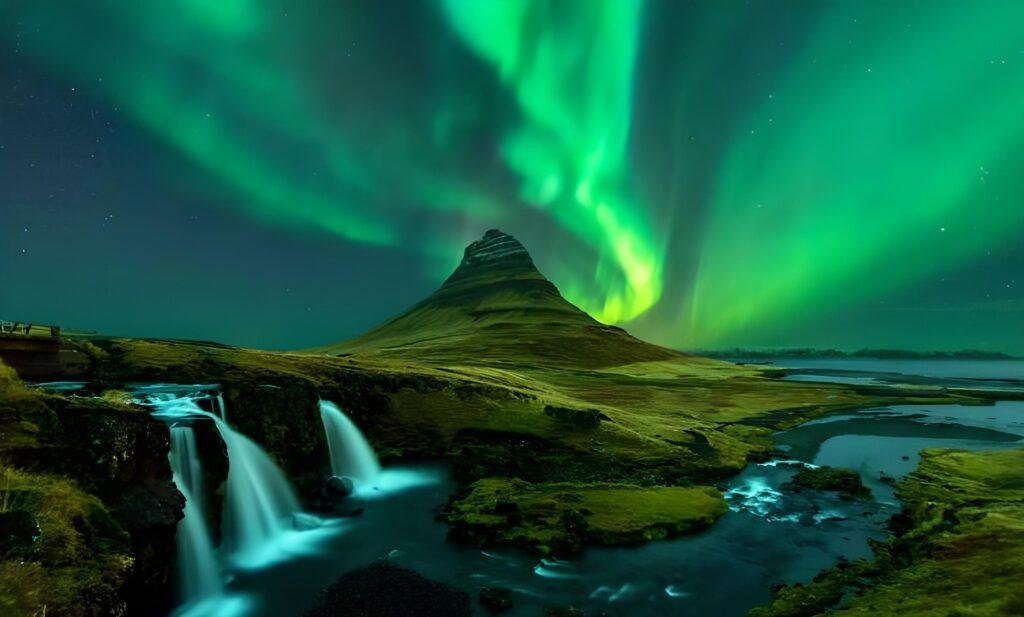
Best Places to watch Northern Lights in Iceland
There are several areas where you could enjoy the northern lights AKA Aurora Borealis. Some of the best places are Kirkjufell, Reykjavik, Þingvellir National Park, Jökulsárlón, and Reynisfjara black sand beach.
Best time to watch the Northern lights in Iceland
September through April is the “season” for observing the aurora borealis. However, from October to March, you’ll have more opportunities. They can be spotted in August in certain years. Although auroral activity occurs throughout the year, it is quite challenging to view during the summer because of the prolonged sunshine.
Winter temperatures in Iceland can drop as low as -10°C, so be sure to dress warmly because you may have to wait outside in the bitter weather. While this is awful for your internal clock, it is wonderful for your chances of witnessing the northern lights because the sun rises at about 11 a.m. and begins to set not much after 1 p.m. Keep an eye on the Aurora Forecast to know the likelihood of activity on any particular night so you aren’t left in the dark (pun intended).
Related Article: Dinant Citadel – The Beautiful City of Belgium, Tourism Guide
Iceland’s Nature & Wildlife
Iceland is home to some amazing natural surroundings and is situated on the Mid-Atlantic Ridge. The island’s wildlife reflects its age as a physically remote, young nation. In Iceland, there are hardly any insects, and the only native mammal was the Arctic Fox until people arrived.
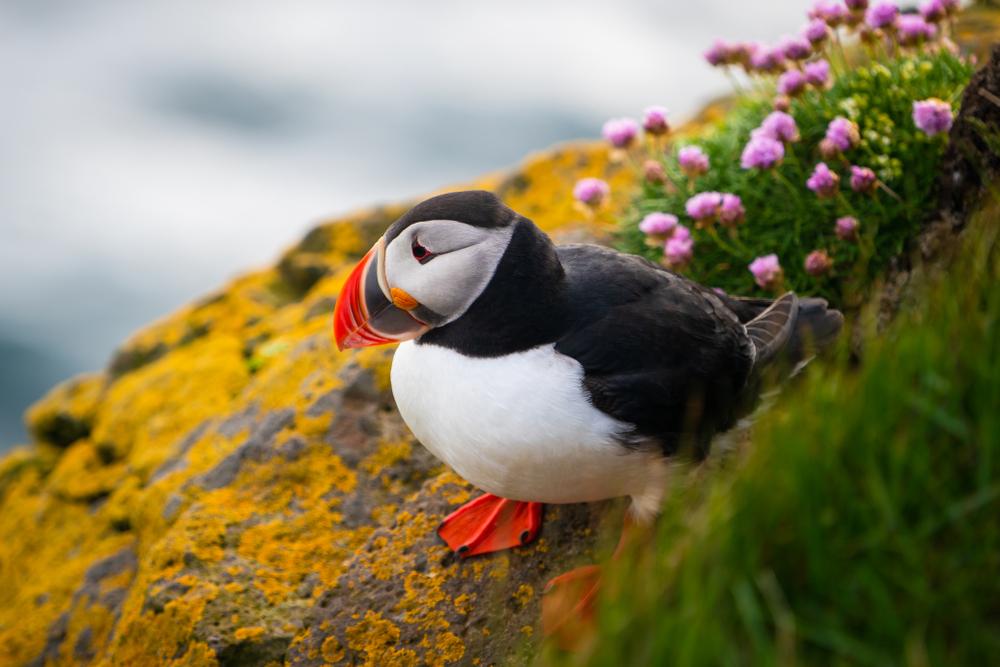
Iceland is well recognized as a birdwatcher’s paradise and is especially rich in rarely seen species. Because of its position, it can serve as a stopover for birds coming from North America and Europe. Iceland experiences surprisingly mild winters for a country so far north. Its extensive coastline and cliffs, therefore, offer a variety of birds and many breeding locations. Skuas and kittiwake colonies are housed on these cliffs together with other seabird populations, but the Atlantic Puffin is the most prevalent and well-known bird in Iceland. The number of couples residing on the island has been estimated at 3–4 million.
Iceland’s Geology at the present time
The island of Iceland sits on top of a volcano that erupted about 40 million years ago. The eruption created a huge amount of lava, which covered much of the land. Over time, the lava hardened and cooled, forming the basalt rocks we know today. These rocks have been the foundation of the country since its formation.
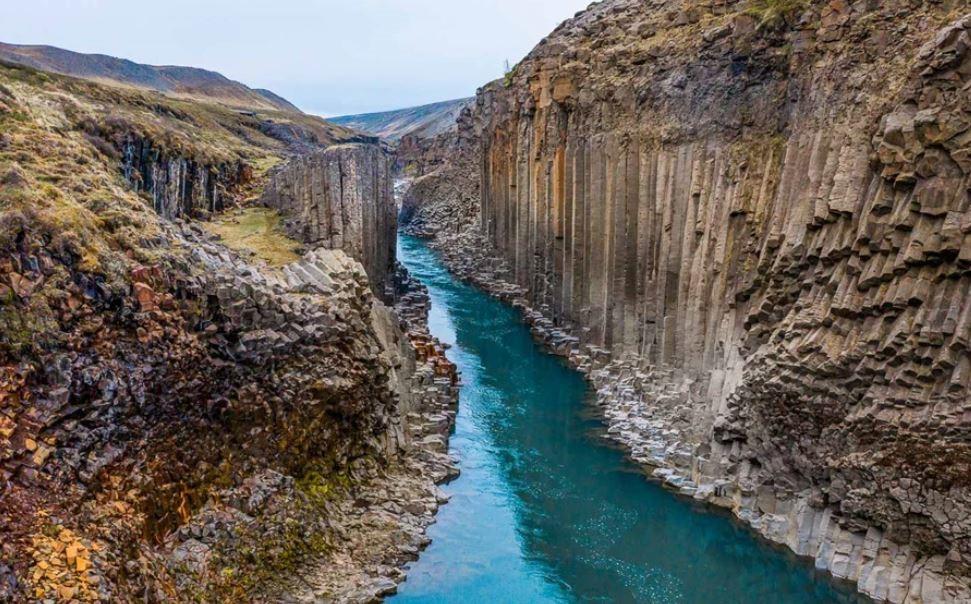
Iceland’s Climate
Iceland’s climate is exceptional in a variety of ways. Depending on where you are, the temperature ranges from -10°C to +15°C on average. Only transient rivers and lakes that are created as a result of significant rainfall exist. The majority of precipitation falls as snow, which slowly melts and flows into the sea. Due to the strong winds and frequent storms, the weather is frequently unpredictable, particularly in the winter.
Icelandic Flora
Iceland has both Arctic and Alpine vegetation types. Grass, moss, lichens, and shrubs are all part of the Arctic flora. Dwarf trees, plants, and flowers make up the alpine flora. Birch, spruce, pine, and juniper are the four most prevalent tree species. Rhododendrons, blueberries, bilberries, crowberries, heather, and wild strawberries are further frequent plants.
Icelandic Fauna
In Iceland, there are more than a thousand distinct species of birds. The raven, ptarmigan, gulls, ducks, geese, swans, eagles, owls, falcons, and seagulls are the most prevalent birds. Reptiles and amphibians such as frogs, lizards, snakes, salamanders, turtles, and tortoises are also found. Reindeer, moose, foxes, rabbits, hares, badgers, bats, seals, whales, dolphins, porpoises, otters, and minks are examples of mammals.
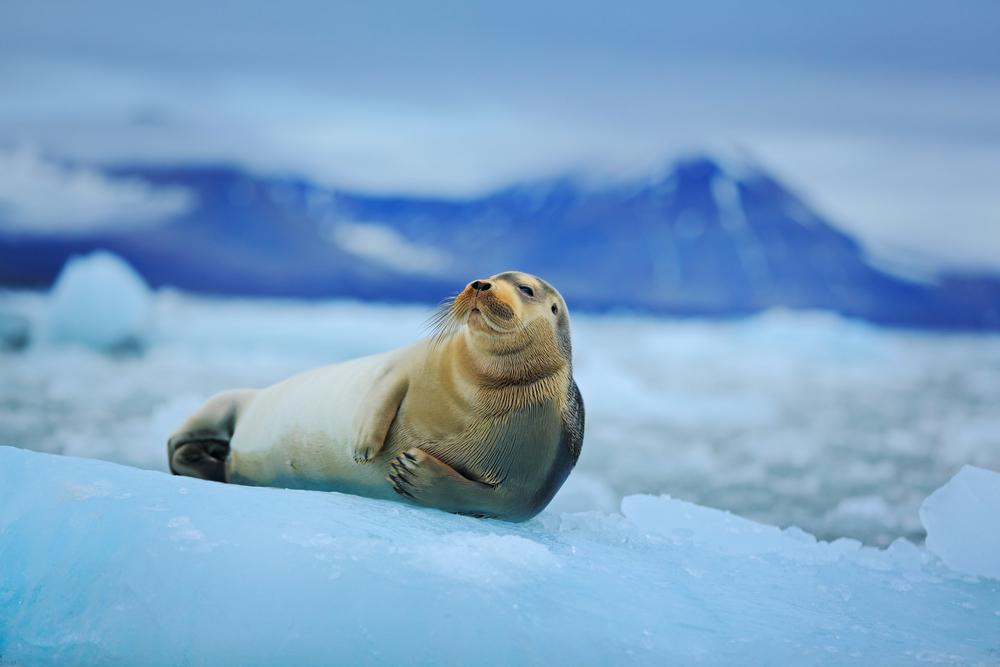
Conclusion: Tips on how you can make the most out of your time in Iceland
Iceland is one of the top travel destinations in the globe due to its wealth of natural beauty. You may visit a waterfall, volcano, glacier, black sand beach, and more all on the same day. You won’t believe the incredible diversity and the breadth of activities available here.
But how long do you need to spend in Iceland, though? Actually, the more days, the better! to make the most out of your time in Iceland. The best amount of time to spend in Iceland is one week, but you may explore more of this beautiful country in the same trip if you stay for up to two or even three weeks.
Although it is still possible to visit Iceland for fewer than seven days, you’ll undoubtedly want to return so you can see and do more.
Here is what you can do in Iceland to make the most out of your time
7-DAY ITINERARY FOR ICELAND
Day 1 to 3
Day 1: Upon arrival, see the museums, stores, and eateries in Reykjavik. The Wonders of Iceland exhibition, “Inside the Volcano,” or the Flyover Iceland adventure are all options.
Day 2: Travel west along the way to Hólmavk in the Westfjords to visit waterfalls and hot springs. Visit the beautiful harbor or the Museum of Icelandic Sorcery and Witchcraft while taking in the lovely ambiance of this little community.
Day 3: Travel to Safjörur scenically, crossing beautiful fjords and mountains along the way. When you arrive, you have the option of either trekking and kayaking or just exploring Safjörur’s stores, cafés, and museums.
From Day 4 to 7
Day 4: Continue traveling through the Westfjords to reach the stunning Dynjandi waterfall with its seven distinct levels and the Látrabjarg rock. Before continuing on to Patreksfjörur, you may see puffins in summer at the westernmost tip of Europe.
Day 5: On your final day in the Westfjords, stroll along Rauisandur Beach’s beautiful beaches or have a hot springs dip in Vatnsfjörur Nature Reserve. To get to the Snaefellsnes peninsula, take a ferry across Breiafjörur Bay, passing Flatey island along the way.
Day 6: Explore Snfellsjökull National Park’s beautifully diversified topography, which is highlighted by valleys, lava fields, and the park’s namesake stratovolcano. Visit coves, beaches with black sand, and cliffs where seabirds live. You may go trekking, ride on a boat, or even explore a lava cave. After that, head back to Reykjavik.
Day 7: On your way to Keflavik Airport, you could have time to stop at the Blue Lagoon geothermal spa or the crater-rimmed Reykjanes peninsula before your flight home.
Captivating Imagery of Iceland’s Landscapes
Iceland, a realm where nature’s canvas paints scenes of breathtaking beauty, is a photographer’s dream come true. Each frame captures a unique blend of fiery volcanoes, glistening glaciers, and cascading waterfalls, creating a mesmerizing mosaic of colors and textures. The country’s landscapes, from the rugged coastline to the serene highlands, are a testament to the Earth’s artistic prowess. The Jökulsárlón glacial lagoon, with its floating icebergs, offers a surreal spectacle, while the geothermal area of Geysir mesmerizes with its spouting geysers and hot springs. As you traverse this land of contrasts, every snapshot is a window into a world where nature reigns supreme, crafting masterpieces that change with the light of day and season.
Iceland’s Cultural Tapestry
Iceland’s culture, as rich and profound as its landscapes, is woven with tales of Vikings, sagas, and folklore. The country’s literary heritage, dating back to the ancient sagas, narrates stories of gods, heroes, and mythical creatures, echoing through time. Reykjavik, the capital, pulsates with a vibrant art scene, showcasing contemporary expressions alongside traditional crafts. The enduring Icelandic language, virtually unchanged since medieval times, is a living bridge to the past. In small fishing villages and bustling towns alike, festivals celebrate everything from the midnight sun to the rich sea harvest, reflecting a society deeply connected to its natural environment and history.
Engaging Stories from Iceland
Iceland’s enchanting landscape is steeped in tales as captivating as the scenery itself. Each geological wonder has a story to tell, often rooted in folklore and legend. The towering basalt columns of Reynisfjara beach, for example, are said to be trolls turned to stone by the sunrise. The mysterious Northern Lights are often associated with spirits and omens in local lore. These stories, passed down through generations, add a mystical dimension to the already awe-inspiring natural attractions. They create a rich narrative tapestry that blends the boundaries between the real and the mythical, inviting visitors to not just see Iceland but to experience its soul.
Practical Travel Tips for Iceland
Navigating Iceland’s diverse landscapes requires thoughtful planning. Reykjavik serves as a comfortable base for exploring the Golden Circle, where essential services are readily available. For remote areas like the Westfjords, prepare for limited amenities and variable road conditions. Summer brings longer days, ideal for hiking and wildlife spotting, but be ready for rapidly changing weather. Winter requires cautious driving and flexibility with plans due to shorter days and potential road closures. Regardless of the season, dress in layers and be prepared for rain or shine. Local cuisine is a blend of traditional and modern, with seafood and lamb as staples. And, remember to respect the delicate natural habitats, adhering to marked paths and conservation guidelines.
Interacting with Iceland’s Natural Wonders
Iceland’s natural wonders invite exploration, but they also demand respect and preservation. When visiting geysers, waterfalls, and other sites, it’s crucial to adhere to safety guidelines and environmental protection measures. Trails and viewing platforms are designed not only for visitor safety but also to protect fragile ecosystems. Engaging with local guides can enrich your experience, offering insights into the geological and cultural significance of these sites. Activities like glacier hiking or whale watching should be undertaken with responsible operators who prioritize sustainability. By respecting these natural wonders, visitors ensure that Iceland’s landscapes continue to inspire awe for generations to come.
Final Thoughts: Preserving Iceland’s Beauty for Future Generations
As we marvel at Iceland’s extraordinary beauty, we’re reminded of our responsibility to preserve this pristine wilderness for future generations. Sustainable tourism practices are not just encouraged; they’re imperative. This means choosing eco-friendly accommodations, supporting local businesses, and minimizing our environmental footprint. When exploring Iceland’s diverse landscapes, leave no trace, respect wildlife habitats, and be mindful of the delicate balance that exists in this unique ecosystem. Our collective efforts in conservation can ensure that the magic of Iceland’s glaciers, hot springs, and rugged terrains remains unspoiled, continuing to enchant travelers for years to come.
FAQs for Iceland
Which part of Iceland is most beautiful?
The beauty of Iceland varies greatly by region, making it hard to pinpoint the most beautiful area. The South Coast is famed for its waterfalls like Seljalandsfoss and black sand beaches. The Westfjords offer stunning fjord landscapes and tranquility, while the North, with attractions like Lake Mývatn and Dettifoss waterfall, is known for its rugged beauty. Reykjavik and the Golden Circle are popular for their accessibility and diverse attractions.
Why is Iceland so beautiful?
Iceland’s beauty lies in its diverse and dramatic landscapes. It’s a land of contrasts, with glaciers, volcanic terrain, geothermal areas, rugged fjords, and black sand beaches. The natural phenomena like the Northern Lights and the Midnight Sun also add to its allure, making it a unique destination.
Is Iceland very expensive?
Yes, Iceland is often considered an expensive country to visit. Costs for accommodation, food, and transportation can be higher compared to other European destinations. However, budget travel is possible with careful planning, such as traveling outside peak seasons, using public transport, and staying in guesthouses or hostels.
What time of year is Iceland the most beautiful?
Iceland’s beauty peaks at different times for different experiences. Summer (June to August) offers the Midnight Sun, lush landscapes, and better accessibility to highland areas. Winter (November to February) is ideal for Northern Lights seekers and offers a snowy, picturesque landscape.
Top 10 Beautiful Places in Iceland
1. The Blue Lagoon
2. Gullfoss Waterfall
3. Jökulsárlón Glacier Lagoon
4. The Golden Circle
5. Reynisfjara Black Sand Beach
6. Skógafoss Waterfall
7. Vatnajökull National Park
8. Lake Mývatn Area
9. Snaefellsnes Peninsula
10. The Westfjords
Beautiful Iceland Things to Do
Explore natural hot springs and geothermal spas, hike glaciers, witness the Northern Lights, visit national parks like Þingvellir, and explore unique landscapes on horseback or through ice cave tours.
Most Beautiful Iceland
The entire country offers extraordinary beauty, but areas like the South Coast, with its waterfalls and beaches, and the otherworldly landscapes of the Highlands are often highlighted for their exceptional beauty.
Beyond the popular Golden Circle and Reykjavik, consider visiting lesser-known yet beautiful places like the Eastfjords for tranquility and scenic beauty, Akureyri for a vibrant cultural scene in the north, and Landmannalaugar for its colorful rhyolite mountains
For more, do check out our other sections at travel-exotica.com
Have suggestions for us? feel free to mail us at [email protected]

